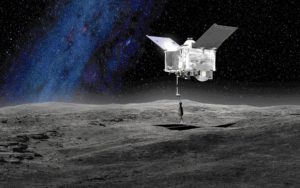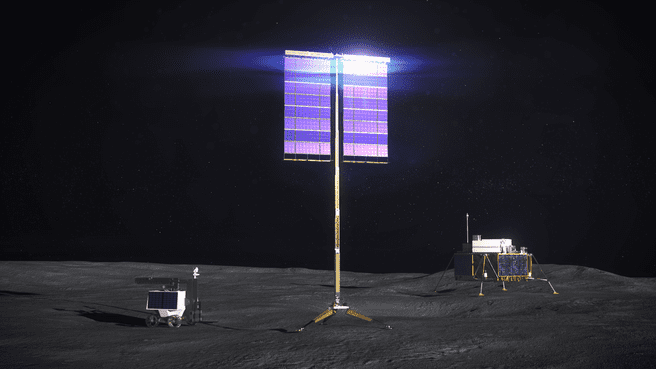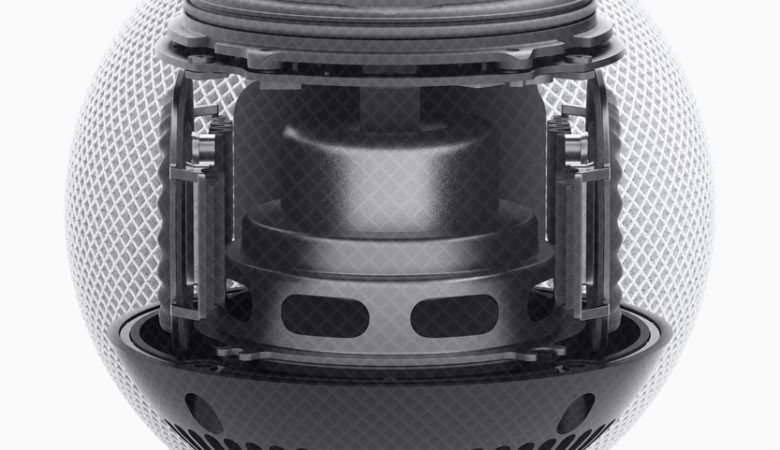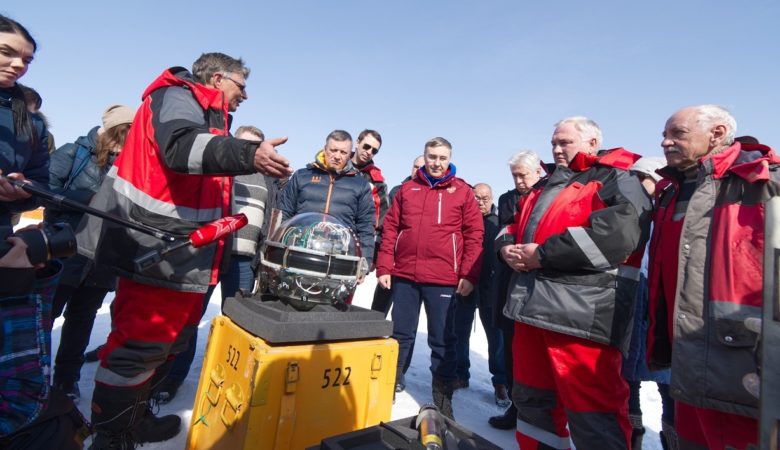In a truly remarkable achievement by NASA engineers , the OSIRIS-REx spacecraft successfully landed on the surface of the asteroid Bennu a few hours ago and collected a 57gr sample to transport it back to Earth.

The OSIRIS-REx mission began 4 years ago from Cape Canaveral, Florida to reach the tiny asteroid in 2018 and spend the next two years photographing and studying its rocks from a distance. The ultimate goal, however, was to collect a sample from its surface to be studied by scientists in the hope of providing answers about planet formation , how life began, and when an asteroid could become threatening to Earth.
It took 2 years, therefore, to be in the right place to carry out Operation TAG ( Touch-And-Go ), which was carried out completely autonomously by OSIRIS-REx because Bennu is 330 million kilometers away Earth and the radio signal takes 18 minutes for orders to arrive from NASA’s control center . That’s why NASA engineers had upgraded the OSIRIS-REx system with new instructions a few weeks ago to move completely autonomously and with absolute precision.
During the surface approach, OSIRIS-REx extended its robotic arm to collect the sample from an area just 8m (!) In diameter . The spacecraft derailed at an altitude of 770m using the Natural Feature Tracking system to avoid a collision with the asteroid and remained on the spot for just 15 seconds to collect the sample.
In case the sample does not prove to be sufficient for study, then another “dive” will be attempted in a different area of Bennu in January 2021, otherwise the return journey will begin and the sample capsule will land in September 2023 to transferred to Johnson’s Space Flight Center of NASA in Houston and studied by researchers.
It is worth mentioning that this is the first time NASA has achieved this , however, the Japanese of JAXA have already done it twice: once in 2005 with the Hayabusa mission to the asteroid Itokawa (returned samples to Earth in 2010) and once with the Hayabusa2 mission to the asteroid Ryugu which is expected to bring back samples on December 6, 2020.
Source : [ NASA ]











